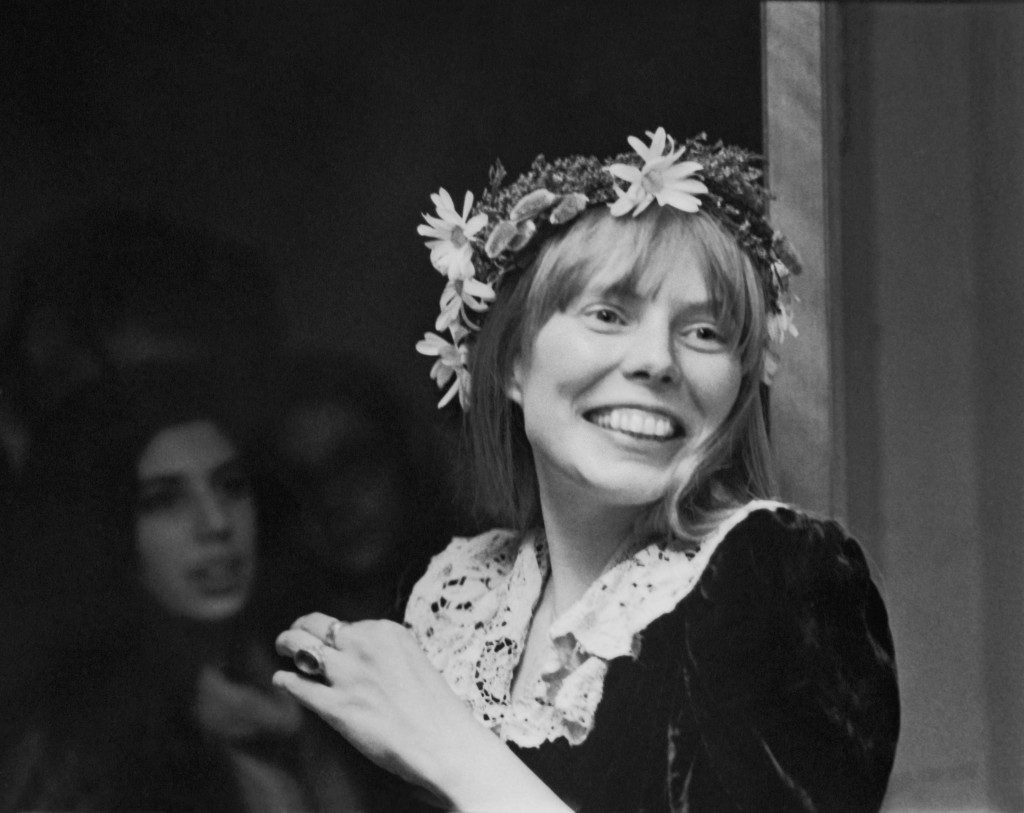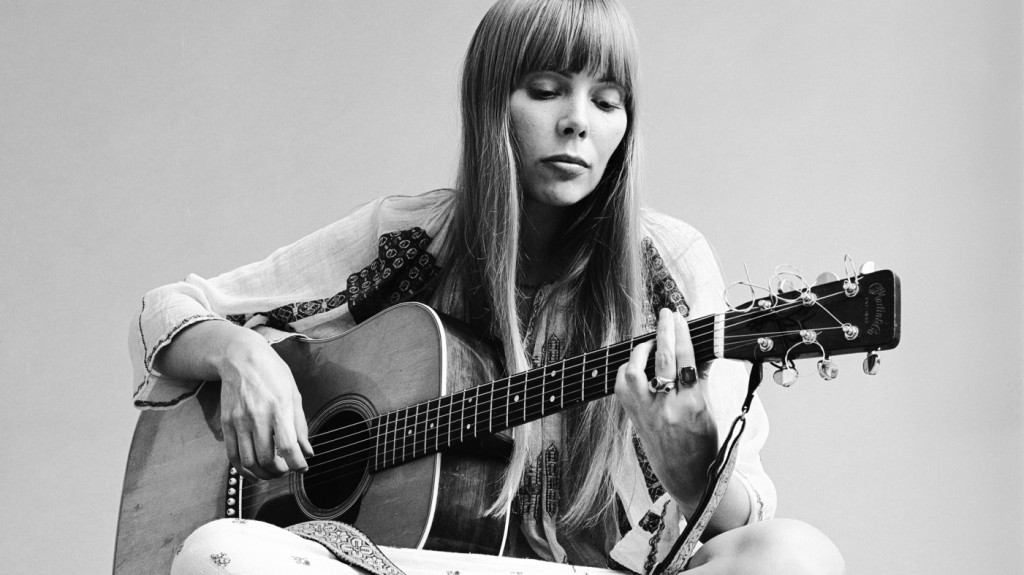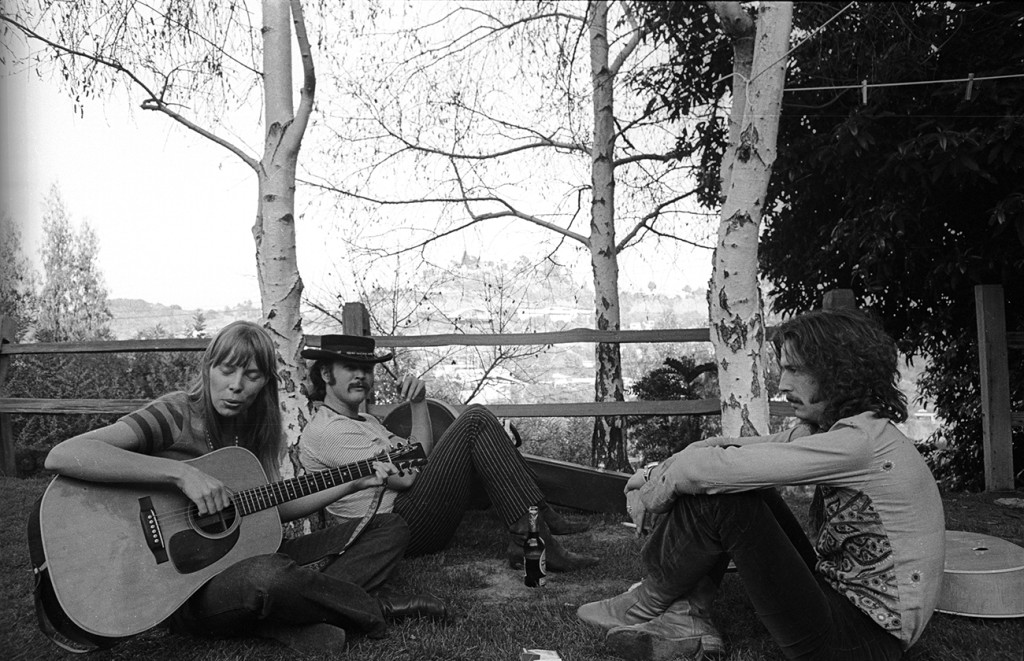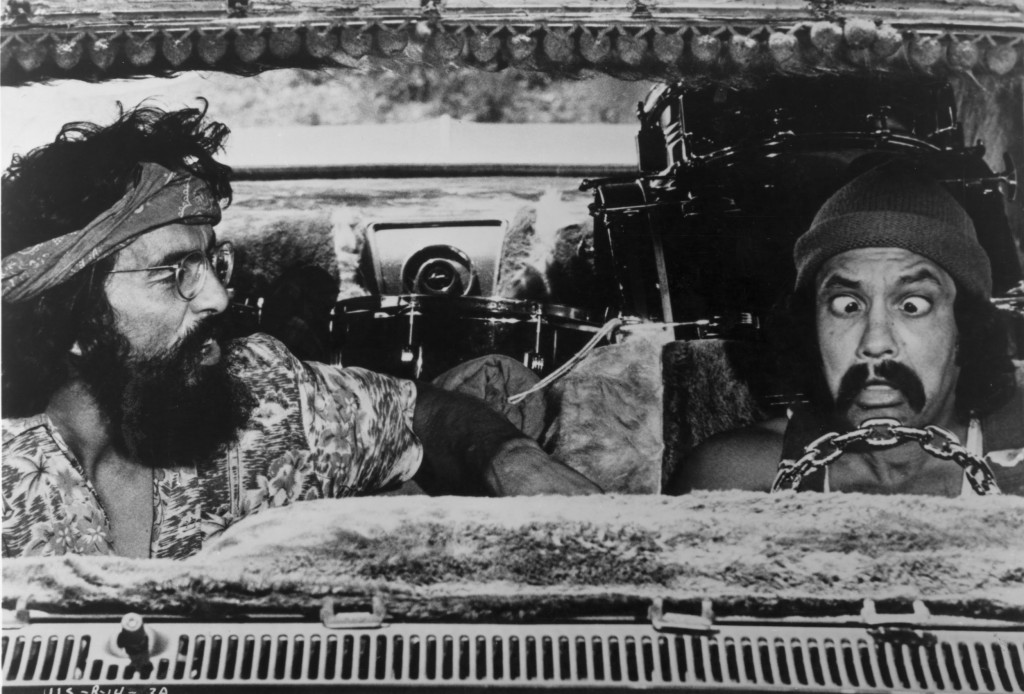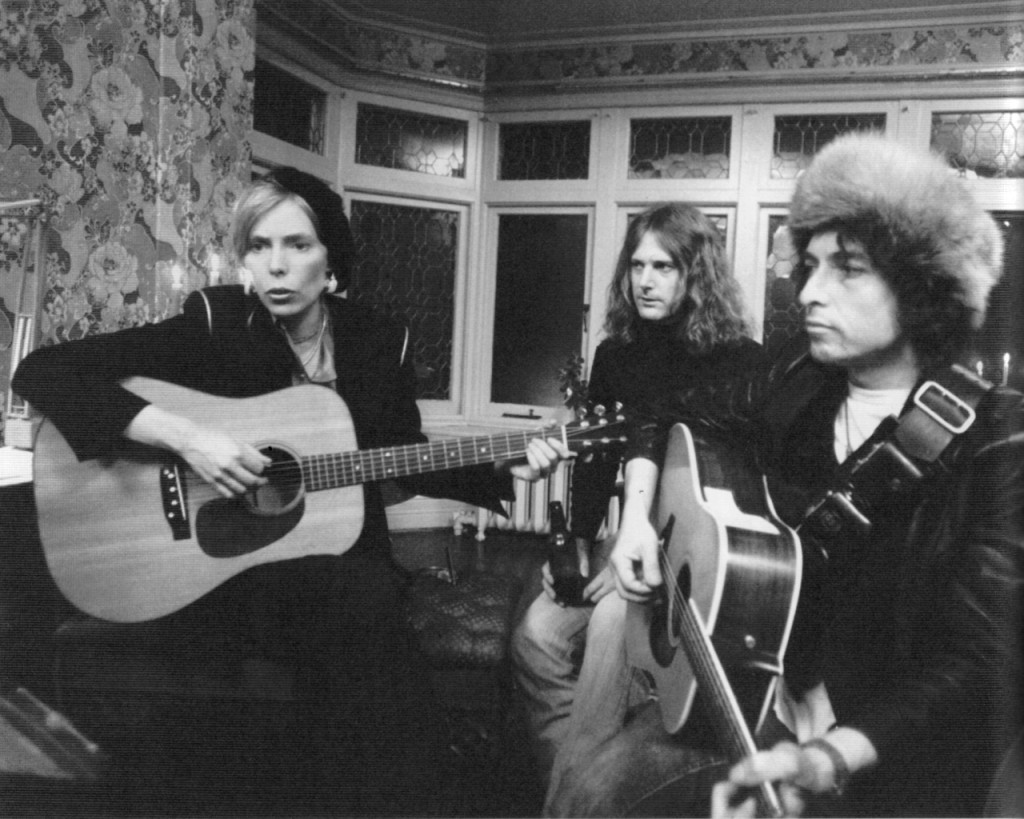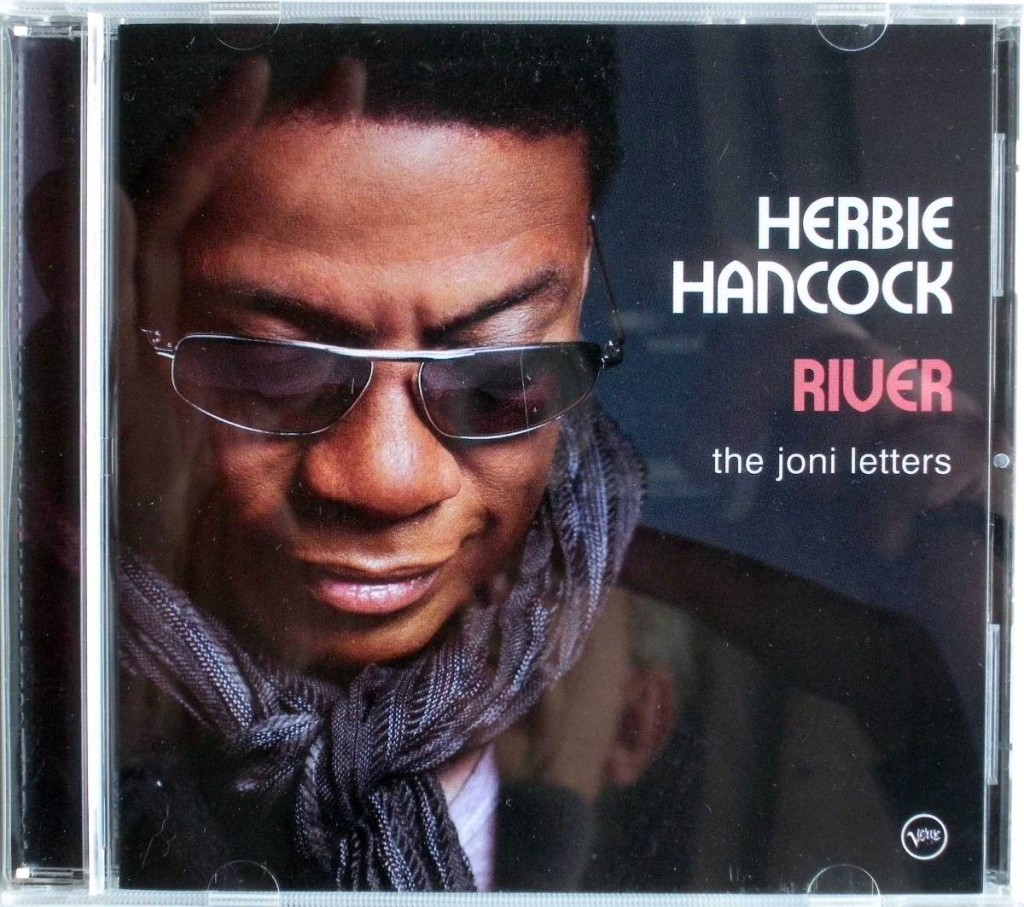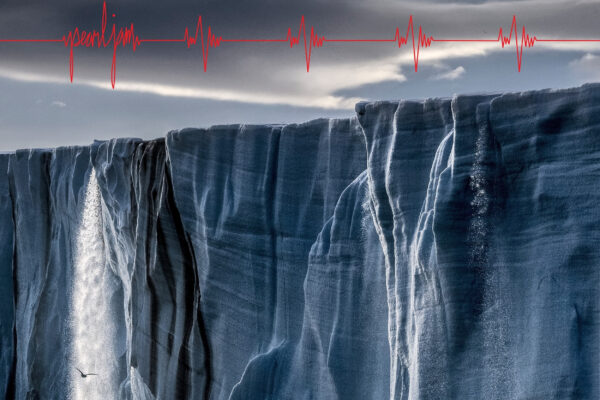It was just last week that I found out that Joni Mitchell had been rushed to the hospital after being found unconscious in her home. The fear of losing a great artist is an all too real one for the music lover, and despite her lack of later output, what she has released in her prime soundly puts her as one of the great 20th century songwriters.
She was born in Alberta, Canada, and got sick as a child with Polio, foreshadowing a lifetime of illness. Her rise to fame was not quick, but started when she left home for Toronto, playing small gigs here and there. She would bounce from place to place after that, mostly in America, before gaining a semblance of a following. There were covers of songs she’d written by not-so-famous artists like Dave Van Ronk (who will surely be the focus of this article at some point) to Judy Collins who made “Both Sides Now” a hit.
It was her association with David Crosby that got her signed to a record deal, and she released five albums in five years. Among them were Clouds, Ladies of the Canyon, and Blue, all of which are nothing short of masterpieces. The stylings were open-tuned guitar, dramatic but folksy, heart breaking and breath taking. Songs like “Big Yellow Taxi” showed a fun side to a serious matter, and “Woodstock” was a melancholy memory of a mostly free festival turned into a jaunt by CSNY when they covered it later. “A Case of You” from Blue might be one of the greatest songs ever written.
By 1974s Court and Spark, she was introducing jazz inflections into her already free-style folk. It also features Cheech and Chong, which is cool. The Hissing of Summer Lawns and Hejira followed up and found her pushing the depths of which she could sink into jazz will still retaining a folk label. These may also be two of the coolest album names I could think of. The live album that birthed from this era, Shadows and Light, featured Jaco Pastorius and Pat Metheny. “Shadows and Light,” may have predicted, along with David Bowie’s “Berlin Trilogy,” the entire pop musical output of the 80s.
Like many other artists of her stripe and talent, the 80s hit hard, and she didn’t fully recover until 1994s Turbulent Indigo. That album won a few Grammys, and led to a renewed interest in her career, and she toured with Bob Dylan who was seeing the same thing happen to his career. This peak would not last long, and she announced her retirement in the early 2000s as her voice began dropping, which she refuses to blame on her consistent smoking, reportedly since the age of 9. Since then, she has released only a single album, 2007s Shine.
WHO SHE INFLUENCED:
Joni Mitchell was the voice of the Southern California sound, despite coming afterwards. There is just something about her voice and style that just screams SoCal, even when she’s singing a line “I drew a man of Canada, oh Canada, with your face drawn on it twice.” This includes fellow ex-Pat Neil Young, and the guys in CSNY, whose “Our House” was specifically written about Mitchell’s house. Around the same time, Dylan took cues from Mitchell’s Blue, and was inspired by the open tunings that she used, songs that would end up on Blood on the Tracks. “Going to California” by Zeppelin was also heavily influenced by her.
Her influence extends to her beloved jazz collaborators, and the first time a jazz record won a Grammy in something like 40 years was Herbie Hancock’s River: The Joni Letters, featuring Norah Jones, Leonard Cohen, Wayne Shorter and others. Sonic Youth’s “Hey Joni” is also a tribute.
WHY SHOULD WE BE LISTENING TO JONI MITCHELL?
Between 1968 and 1980, the list of better songwriters was very short. The albums that came out in this time are a must have for any person who says that they like music. Not just rock, not just folk, not just jazz, but music in general. Get better Joni.
FIVE ESSENTIAL JONI MITCHELL TRACKS:
“Both Sides Now”
“Woodstock”
“A Case of You”
“Coyote” from The Last Waltz
“Shadows and Light” from the video concert of the same name.
Article by: Christopher Gilson


